May 17, 2025 | 13:30 GMT +7
May 17, 2025 | 13:30 GMT +7
Hotline: 0913.378.918
May 17, 2025 | 13:30 GMT +7
Hotline: 0913.378.918
Cam Binh commune is home to the islands of Binh Ba and Binh Hung, which are located about 15 kilometers from the city center of Cam Ranh. The commune as a whole contains 1,525 homes and a population of 5,662 people who subsist on fishing and aquaculture.

Lobster farming area in Cam Binh island commune. Photo: KS.
Lam Anh Tuan, chairman of the Cam Binh Farmers Association, said the province now has 90 ha of aquaculture land, including 58 ha on Binh Ba island and 30 ha on Binh Hung island, with 469 floating rafts and 10,000 rafts for green lobster culture. Over the years, caged lobster farming in the region has generated significant revenue for households, adding to the area's socio-economic growth.
As a consequence, preserving the cultural environment is critical in yearly operations, as is gradually elevating lobster farming in cages to a sustainable level of growth.
As Tuan stated, the organization has developed a strategy over the years to raise awareness among its members about the management of lobster feed leftovers and to encourage the use of nets rather than plastic bags to preserve the maritime environment.
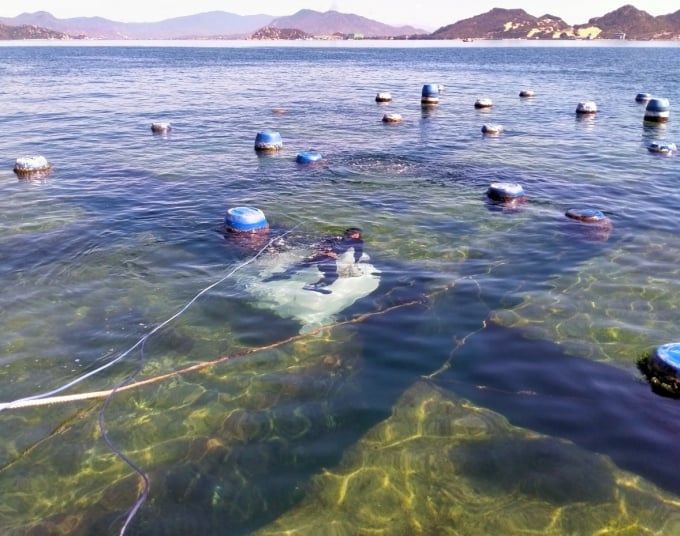
Lobster farmers in Binh Ba Dong village check cages. Photo: MH.
The agricultural situation in Binh Ba and Binh Hung village has stabilized since then. However, from July to September each year, during the hot season, illnesses often affect shrimp as a result of the excessive usage of plastic bags and their discharge into the sea.
During the warmer season, all of the foregoing results in the formation of a layer of smelly muck, which depletes the oxygen supply to seabed creatures, causing them to perish. When a thunderstorm occurs, it creates a torrent of "poisonous water" that travels about 200 meters away from the coast and then gradually spreads to the agricultural region, causing illness in shrimp. Since then, some shrimp farming families have lost up to 30%, and in other cases as much as 70% of their revenue.
Nguyen An, Chairman of the Cam Binh People's Committee, said that as lobster stocks have increased in density over the years, it has impacted the aquatic ecology. In response to this scenario, the area has advised that farmers stockpile at a reasonable density while minimizing the use of plastic bags to keep food and subsequently discard them in the sea.
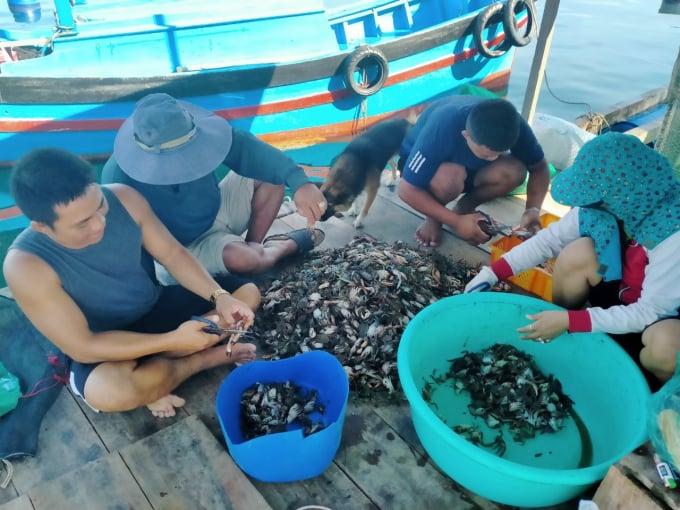
Farmers prepare food for lobsters. Photo: MH.
After that, used plastic bags must be collected and brought to shore using rafts. Binh Hung island, in particular, must be gathered and transported 1 km away from residential areas for burning and treatment, adding that adhering to the aforementioned guidelines would provide a safe agricultural environment. At that point, producers will be able to continue lobster farming for an extended period of time and sustainably.
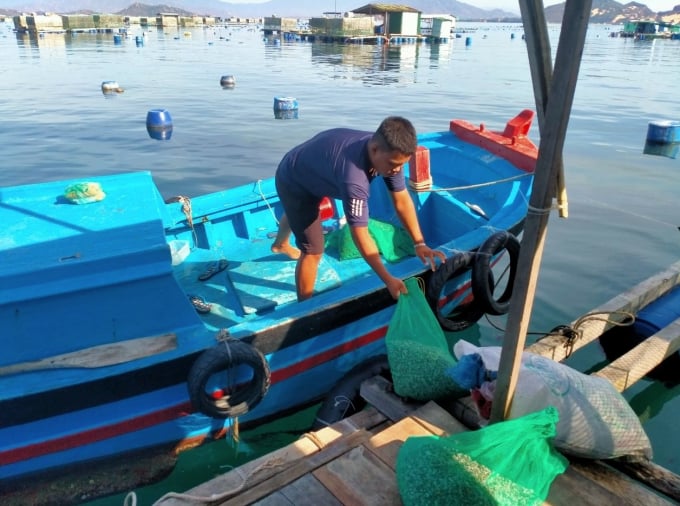
Farmers in Cam Binh use mesh bags to store lobster's feed instead of plastic containers, which affects the environment. Photo: KS.
Le Van Hoa, a lobster farmer in Binh Ba Dong hamlet, said that growers must adhere to local guidelines to contribute to the protection of the shrimp farming environment. Due to the usage of plastic bags in the marine environment, they sink to the bottom, reducing oxygen levels and impeding the circulation of water sources.
If the plastic bag becomes lodged in the cage, germs will enter the shrimp, causing illness. As a result, Hoa has been storing shrimp feed in mesh bags since 2018.
"To foster sustainable lobster farming, the local administration has made it abundantly apparent to residents that lobster farming is the primary source of revenue. As a result, it is suggested that individuals stick closely to culture density, feed residue stock... Simultaneously, it is recommended that sectors and levels develop and extend agricultural areas in order to properly guide farmers," Nguyen An, Chairman of the People's Committee of Cam Binh Commune.
/2025/05/16/3800-0-nongnghiep-143756.jpg)
(VAN) Suntory PepsiCo Vietnam coordinated with the Ministry of Education and Training to implement an education program on water conservation, reaching nearly 1 million primary school students nationwide.
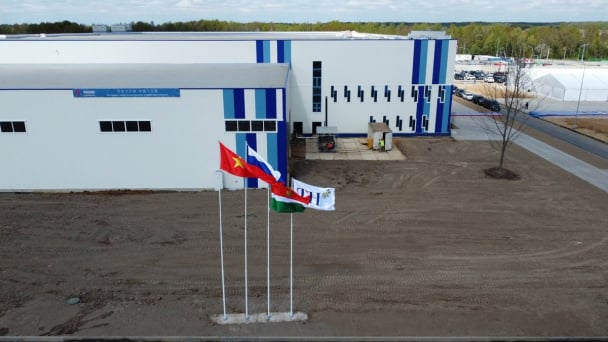
(VAN) Vietnam’s TH Group officially put its high-tech fresh milk processing plant into operation in the Russian Federation, marking a historic moment as the first TH true MILK cartons were produced in Russia.

(VAN) Use of high-quality broodstock and biotechnology is regarded as the most effective approach to ensuring sustainable and economically viable shrimp aquaculture ahead of climate change and the emergence of increasingly intricate disease patterns.
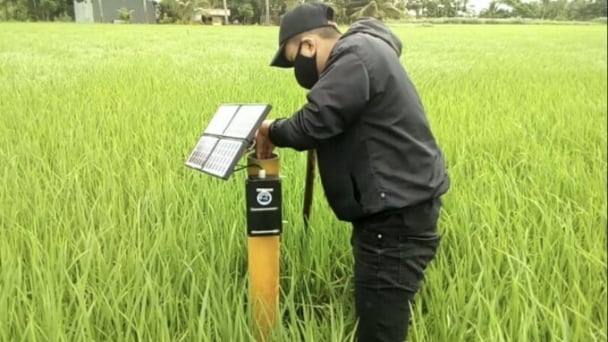
(VAN) Carbon farming is a form of agricultural practices that helps absorb more greenhouse gases than it emits, through smart management of soil, crops, and livestock.
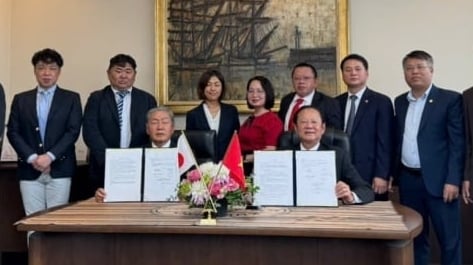
(VAN) This is a key content of the Memorandum of Understanding recently signed between the Vietnam Fisheries Society and Kunihiro Inc of Japan.
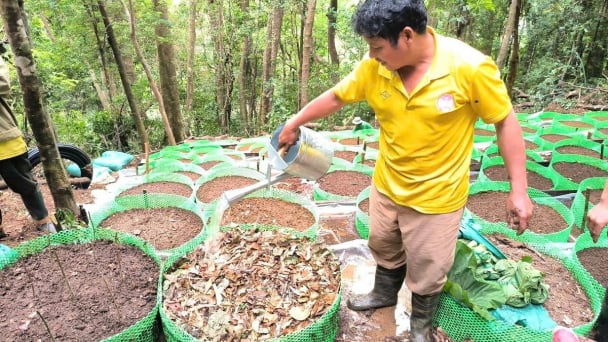
(VAN) To achieve the goal, local authorities and businesses in Kon Tum province have fully prepared the necessary conditions for the new Ngoc Linh ginseng planting season.

(VAN) Jiangsu province is gearing up to host training programs in Phnom Penh, the capital of Cambodia, this year to establish the Fish and Rice Corridor.